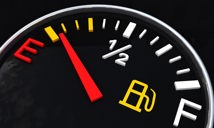Climbing fuel prices mean that more Canadians than ever are in search of fuel-saving information and tips, trying to discern between gas-saving fact and fiction.
Though modern cars are more fuel efficient than ever, having the right information can help you save money at the pumps and emit less pollution no matter what you drive. Here we answer some of the your most popular questions about saving fuel and improving fuel economy.
Does cruise control save gas?
Yes. Using your car’s cruise control consistently and as often as possible can take a bite out of your fuel bill.
Drivers typically aren’t very good at maintaining a steady speed. When we want to drive 90 km/h, we typically fluctuate between 85 and 95 km/h over and over again.
These fluctuations in vehicle speed make your car’s engine work harder, which makes it burn more gas. The more your speed fluctuates, the more money you’re wasting. Cruise control locks your vehicle’s speed at a steady pace, almost eliminating these fluctuations entirely unless there’s traffic.
Ever follow someone on the highway whose speed frequently fluctuates by 15 km/h or more? A driver like this could be using a whopping 45 per cent more fuel than they need to. An average driver could use about 15 per cent less fuel with their cruise control engaged than without, so using your cruise control whenever possible can have a very positive effect on your fuel bill.
What cars save gas?
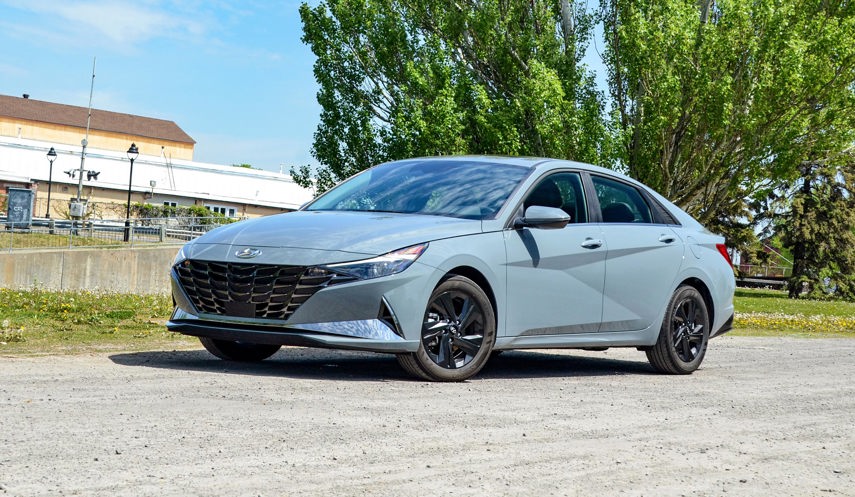
There are several answers to this question.
If you’re looking for a car that’s good on fuel, you’ll probably want to consider something small, powered by a four-cylinder engine, and ideally a hybrid, which uses a powertrain with a big battery that’s built to burn as little gasoline as possible.
In Canada, some of the most fuel-efficient gasoline-powered cars and SUVs include the Toyota Corolla Hybrid, Chevrolet Spark, Hyundai Ioniq Hybrid, Ford Escape Hybrid, Lexus ES 300h, Hyundai Sonata Hybrid, Hyundai Elantra Hybrid, and Toyota Prius.
Can you save gas by driving slower?
Yes. There are a number of reasons why driving slower helps save gas and one of them has to do with the front end of your car.
If you look at your car head-on, you’ll get a sense of its forward-facing surface area. Vehicles with more surface area typically require more energy (gas) to physically push through the air than vehicles with smaller surface areas. Driving more slowly, especially in a vehicle with a big frontal surface area, can save fuel by reducing the energy required to move through the air.
Driving at a lower speed also means your engine isn’t working as hard, meaning it’s using less fuel to do its job.
As a general rule of thumb, assume you’re using 1 per cent additional fuel for every 1 km/h you drive in excess of 100 km/h. For instance, driving at 122 km/h will use about 22 per cent more fuel than driving the same vehicle at 100 km/h.
Dollars and cents? A given trip might take less time if you speed by 20 km/h, but you could arrive where you’re going with $23 less in your pocket.
Can you save gas by turning off the A/C?
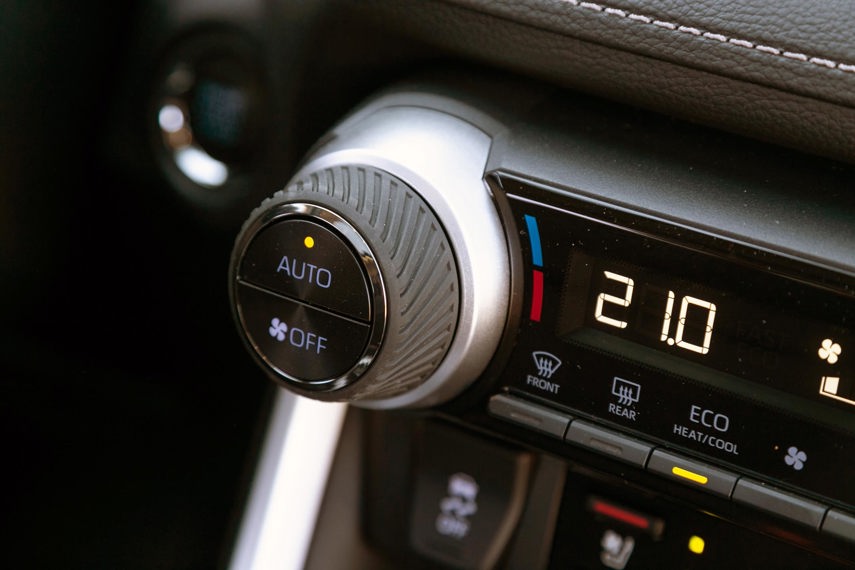
No, in most modern vehicles, turning off the air conditioning will not save any fuel.
In older cars, turning on the air conditioning required the engine to crank an additional pulley-driven accessory, which makes the engine work harder, and, therefore, burn more gas. In some older cars, drivers even had to turn the A/C off to make it up a hill, since so much of the engine’s power was used up to cool the cabin.
Perhaps if you drive a 1991 Dodge Shadow, then yes, you can save gas by turning off the A/C, but the air conditioning systems in modern cars are much more efficient. Some aren’t even directly driven by the engine, but rather, a more efficient electric motor. Today’s air conditioning systems are designed to work with minimal impact on engine performance or fuel economy.
Sure, in some scenarios turning off the A/C might save you a little fuel, though the savings would be negligible and impossible to validate in a real-world setting. If you’re driving a healthy, modern vehicle, don’t spend too much of your fuel-saving efforts here.
Can you save gas by coasting in neutral?
No, coasting in neutral doesn’t save gas and it’s not a good idea to try this. If you coast in neutral, you might save gas for a moment until the engine begins running in high-idle to prevent stalling, which uses more fuel. When you shift back into drive, the engine may need to rev back up to speed, which also uses more fuel.
The end result is accelerated transmission wear and no measurable or verifiable improvement to fuel economy.
Modern transmissions are engineered to be as fuel efficient as possible without the driver’s help. When you’re coasting, just leave your foot off of the throttle and let the powertrain save fuel automatically for you.
Note that some high-end car transmissions have a built-in coast function, which decouples the transmission automatically for even more fuel-efficient coasting.
Which truck saves the most gas?
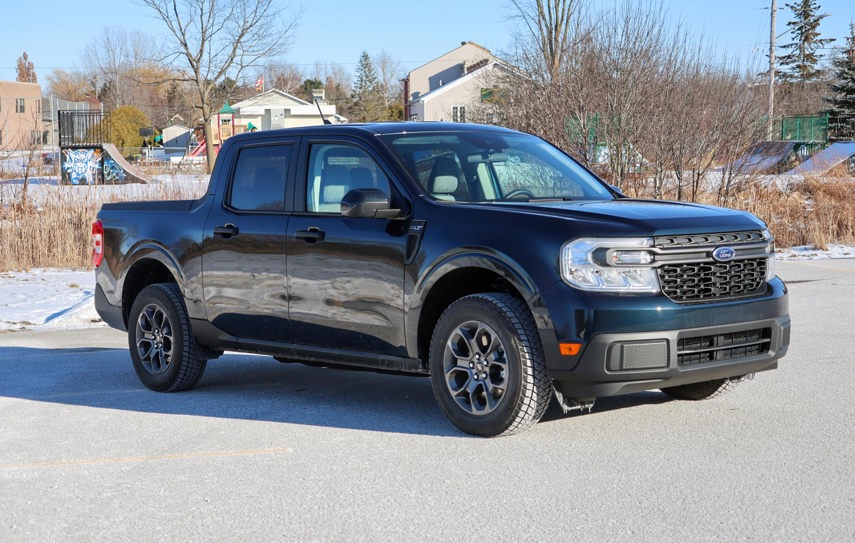
Canadians love their pickups, and today’s shopper is increasingly unwilling to pay for capability that they don’t need when it comes time to fill the tank.
Accordingly, the pickup truck landscape is changing, and new, smaller and more fuel-efficient models are coming to market.
Today, the most fuel-efficient pickups available to Canadians include the Ford Maverick Hybrid, Chevrolet Silverado Diesel, Ford F-150 Hybrid, Toyota Tundra Hybrid, and Ram 1500 V6 with e-Torque system.
How do I save gas on a road trip?
For the most fuel-efficient road trip possible, consider following a few easy steps.
First, check and adjust your tire pressure, following the instructions in your owner’s manual. If your tires are poorly inflated, they’re using up more of your gas money than you think.
Confirming that your engine’s air filter is clean and healthy (not plugged and dirty) can have a similar effect on fuel savings. In fact, simply adjusting underinflated tires and replacing a clogged engine air filter can make a measurable difference.
Before starting your trip, remove any exterior accessories (roof racks, cargo carriers) that you don’t need. Having accessories like these mounted to the exterior of your car or truck negatively affects your vehicle’s aerodynamics, which impacts your fuel economy, so you’ll want to remove them when they’re not in use.
Be sure to drive at a steady speed (using your cruise control, of course), and remember that a more reasonable cruising speed will use less fuel than speeding – sometimes by a considerable margin.
Does a manual transmission save more gas?
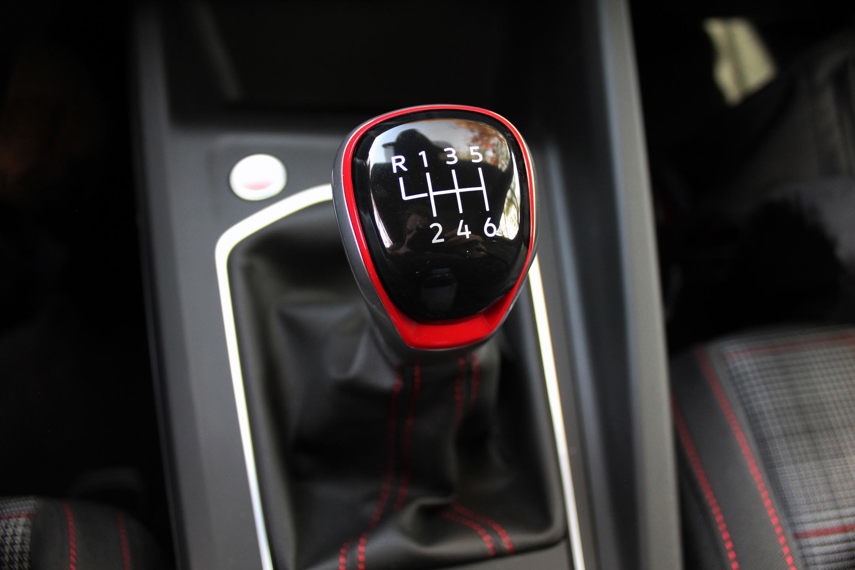
Probably not, though it depends on what you drive.
Once upon a time, the manual transmission was the way to go for drivers after maximum power and control. As a side-bonus, the manual transmission was more fuel efficient than the automatic for decades, earning it a positive reputation amongst enthusiast drivers looking for better fuel economy.
Today, the automatic transmission and influx of electrified powertrains to more and more affordable models has largely made the manual transmission obsolete. Modern automatic transmissions are not only smarter and faster than the automatics of years gone by, but they’re almost always higher-performing and easier on fuel than more primitive manual transmissions.
That’s not the end of the story, though: remember that a new car with a manual transmission can save you thousands up front versus a model with the automatic, and that the fuel consumption difference between the two may be minimal. That manual-equipped car may use a little more gas, but could wind up costing you less in the long term. Drive what you like since whether a transmission is manual or automatic has little affect on fuel economy.
Does premium gas improve fuel economy?
Not so much.
Drivers should understand the importance of using the correct fuel grade for their vehicle, which is outlined in the owner’s manual. Most cars, trucks, and SUVs are designed to run on standard 87-octane gasoline. Many modern turbocharged engines are designed to run on 87-octane gasoline as well.
If your car or truck is designed for 87-octane gasoline, then there’s just one thing you should be putting in its tank: 87-octane gasoline.
Higher octane premium gasoline does not contain more energy than lower-octane gasoline. It doesn’t make better explosions within your car’s engine – in fact, higher-octane gasoline is more difficult to ignite.
Some drivers put pricier high-octane premium gasoline into their tanks hoping for some mileage or performance benefit, but premium gasoline is designed for use in high-performing engines, themselves built to run on pricier fuel grades. Premium gasoline does not, however, turn an engine into a high-performance engine.
Some sources indicate that an engine may achieve a slight increase to fuel economy when premium fuel is used, though that’s almost always outweighed several times by the added cost of the fuel itself, so read your owner’s manual and use only the fuel grade specified there.
Is a turbo good for fuel economy?
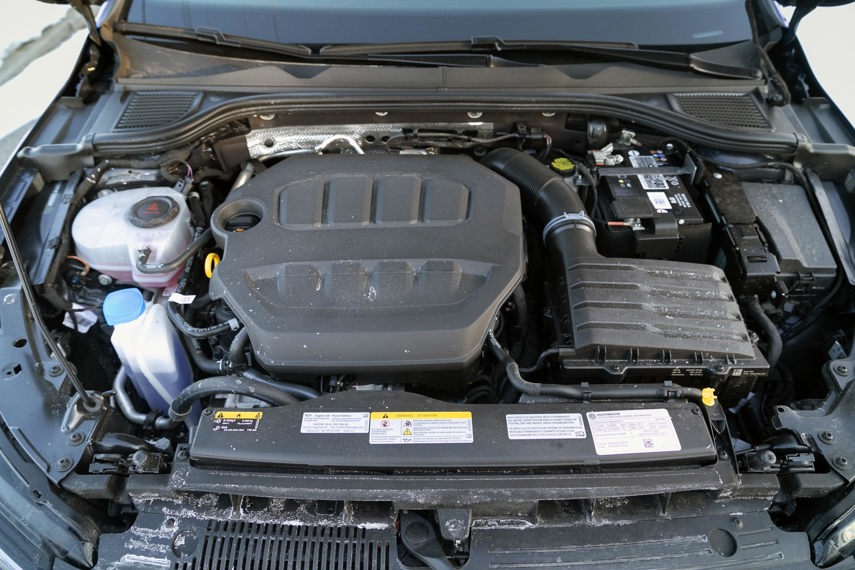
It depends on how you drive.
A turbocharger is an air compressor that’s designed to ram more fuel and air into an engine, allowing it to burn more gas and generate more power. Turbos are commonly used to boost the power output of smaller engines, allowing today’s four and six-cylinder engines to outperform larger six and eight-cylinder engines from just a few years ago but without the penalty on fuel economy.
An engine’s turbo works in an on-demand fashion. When you’re light on the throttle, the engine works at low revs and the turbocharger is on standby. Now, you’ve got a small engine driving you along as efficiently as possible.
Step onto the gas pedal, and the turbocharger kicks in, pumping more air and gas into the engine to make maximum power. Since the turbocharger only engages when requested by the throttle pedal, turbocharged engines are able to use less fuel when driven gently.
Light-footed drivers who capitalize on the strong, low-rev torque output of turbo engines will see the best fuel economy. Heavy-footed drivers may quickly learn how much fuel a turbocharger can blast through even with a smaller engine.
To answer the original question, a smaller engine with a turbo should use less fuel than a larger engine without a turbo, but will still burn through plenty of fuel when driven aggressively.
What improves fuel economy?
There are many ways to improve fuel economy.
Engineers build modern engines, transmissions, and drivelines to be lighter and more efficient than ever, with features like automatic stop/start, direct-injection, and cylinder deactivation being used in some applications to trim away at fuel consumption.
More and more automakers are adding hybrid and plug-in hybrid systems to the cars and trucks they sell, bringing electrification on board to stretch the range of every tank of gas. Modern cars are designed painstakingly to be as aerodynamic as possible, too. Even the finishes and surfaces of internal engine parts are designed to be more slippery, making them more energy-efficient.
Still, a few steps can improve fuel economy on any car you drive.
These include engine tune-up work (including spark plugs, air filters and the like), proper attention to tire inflation pressure, and adopting driver habits like smooth acceleration, cruise control use, and driving at lower speeds.
Why is gas mileage better on the highway?
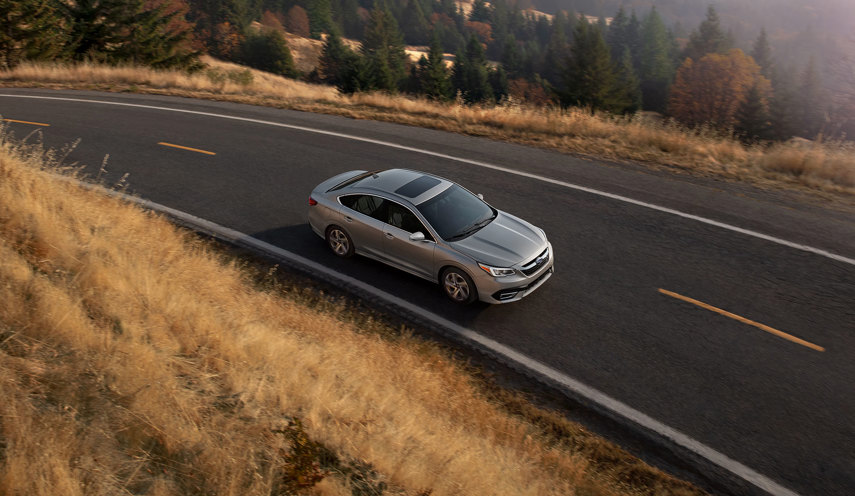
Fuel economy is better during highway driving because highway driving is easier on your engine.
Driving on the highway (with your cruise control set) is like pedalling your bicycle along a flat surface in easy gear. Your legs are pumping at a constant speed, momentum is easily maintained, and you’re doing the minimal amount of work possible to stay in motion.
Similarly, during highway driving, your engine runs at a constant speed in its highest (easiest) gear and the workload is minimal.
In the city, you’ll do a lot of slowing down and speeding up. Your car’s speed and the speed at which your engine is revving, will fluctuate frequently, using more fuel.
Note that many hybrid cars achieve the same fuel economy in the city as they do on the highway, thanks to their efficient hybrid engine technology.
Do tires improve gas mileage?
Yes, certain tires will be more efficient than others.
With the growing demand for fuel-efficient cars and trucks, as well as the growing number of electrified models hitting the road, tire manufacturers are working to give shoppers more fuel-saving tire options than ever.
Using special materials, compounds, designs, and other technologies, major tire manufacturers tend to offer built-in fuel-saving technologies across a wide range of products, as well as tire model lines specifically targeted at shoppers who want to reduce fuel consumption and emissions as much as possible.
Choosing a set of fuel-saving tires (and keeping them properly inflated and rotated) can save drivers a few hundred dollars in fuel over the life of their tires – more when used in conjunction with fuel efficient driving habits.
